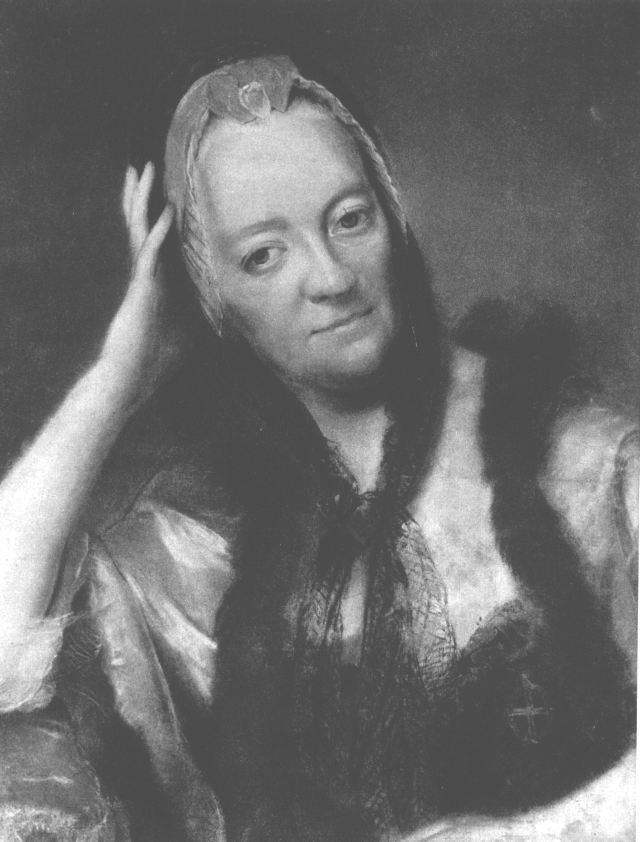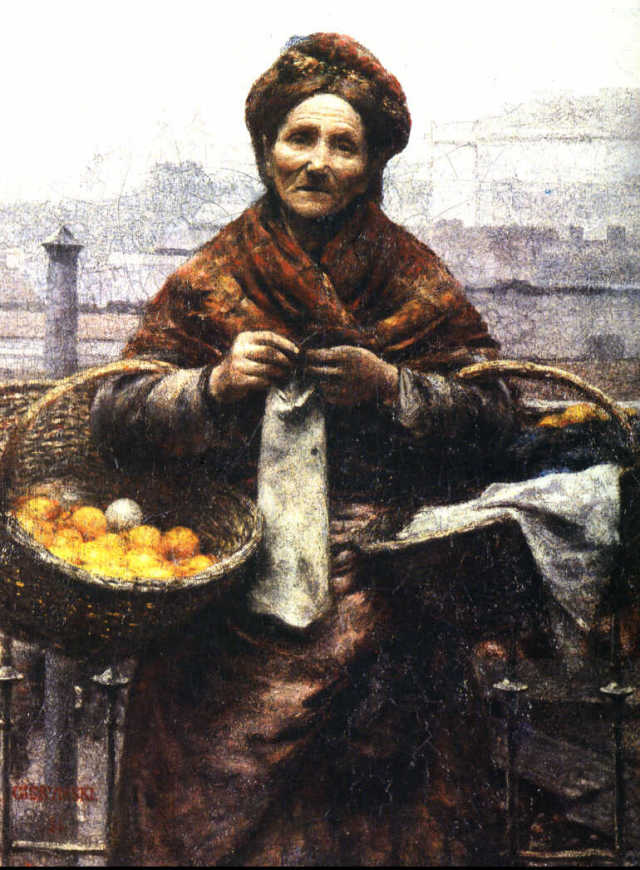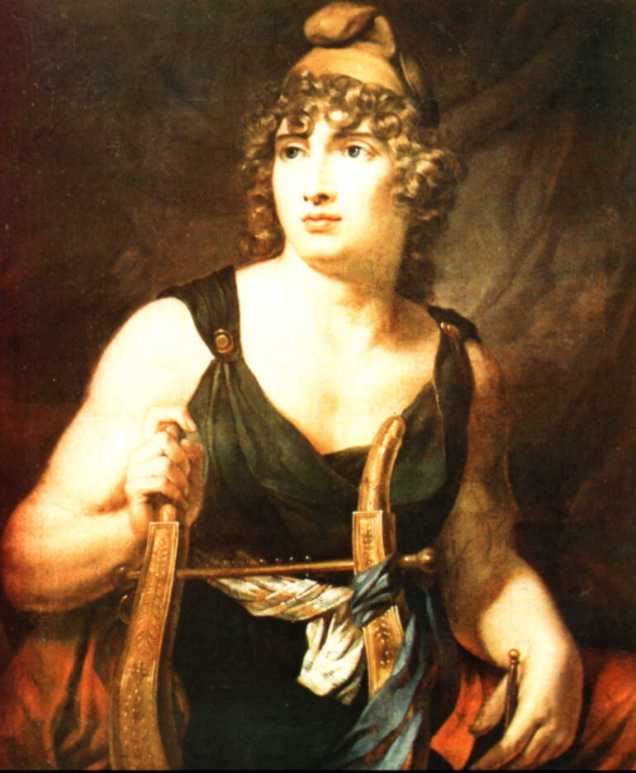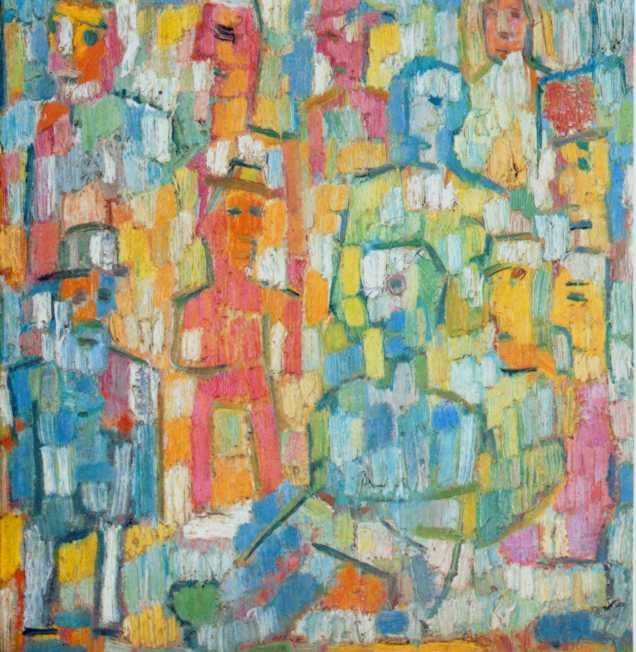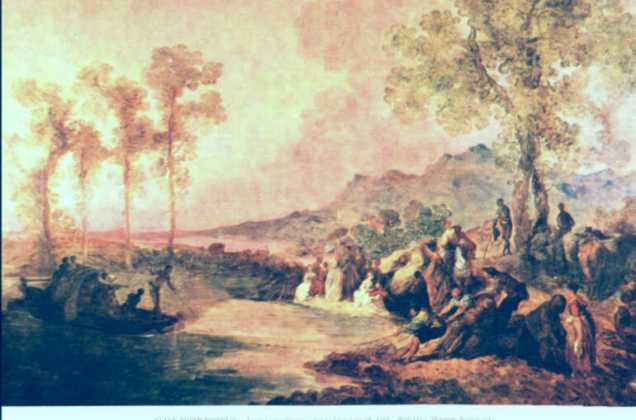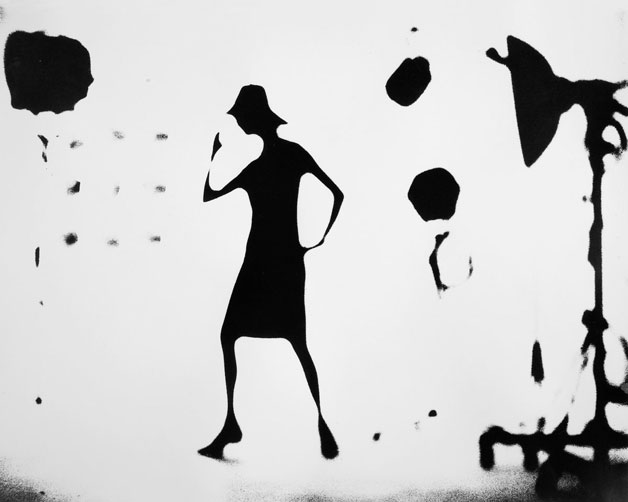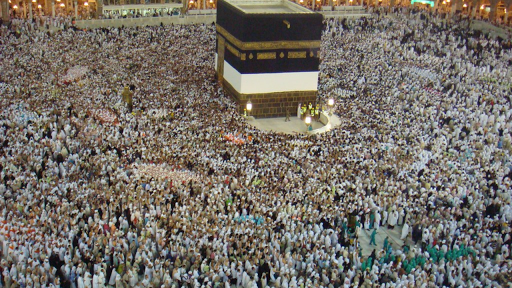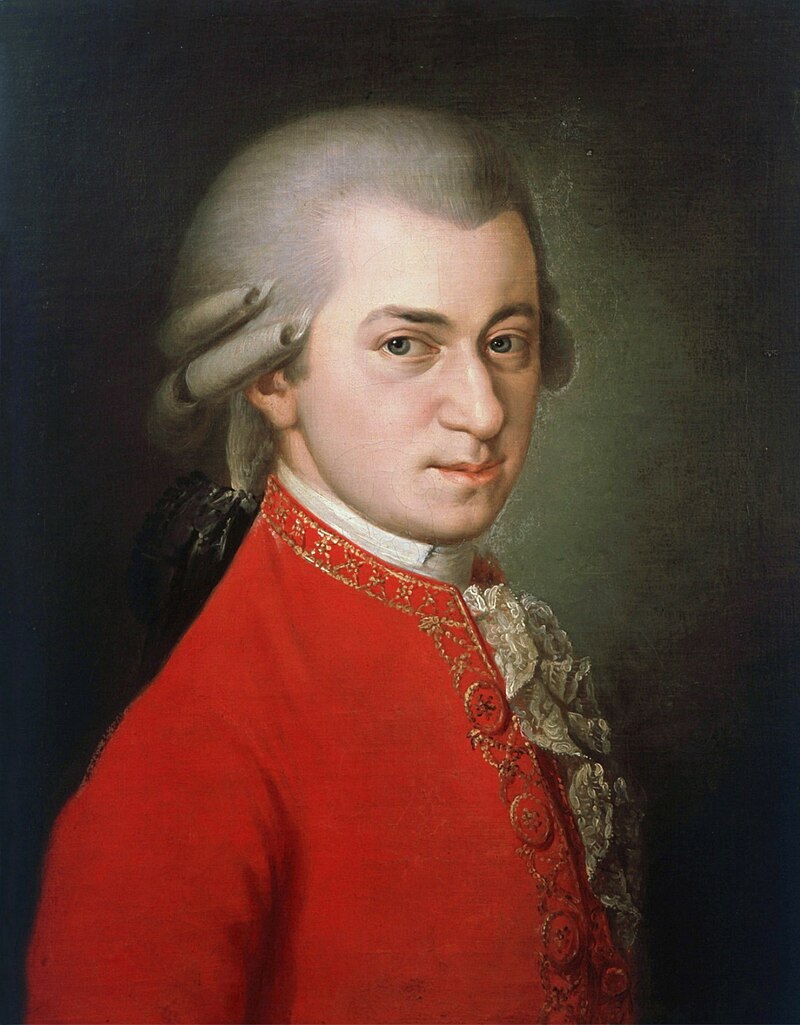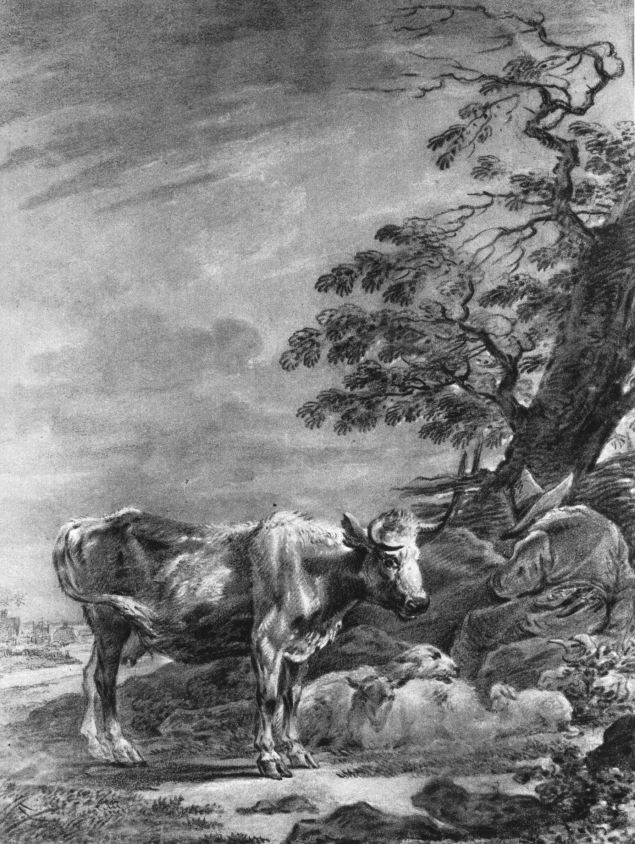The real story of St.. Nicholas
 Santa Claus was born in Patara (40 km west of Kas) ok. 280 r. We know little about his youth, except that, that during the persecution of Christianity under the Emperor Diocletian (284 – 305) he was imprisoned several times. Mikołaj was supposed to take part, already as Bishop of Myra, in the First Ecumenical Congress, which took place in Nice in 325 r. Apparently, Arius hit him (denying the divine nature of Christ) fist to the jaw. Krewki, the bishop died in 342 r., and a few years before his death he had made a trip to the Black Sea coast, where he converted the still many pagans to the Christian faith. It is not known exactly, where the legends about miracles or events attributed to Nicholas came from, but it is supposed, that he was a philanthropist on a scale unprecedented at that time. One of the most famous legends tells about a butcher or the owner of an inn, who killed three boys during the famine, then he cut up and seasoned their flesh, and the meat obtained in this way he wanted to put up for sale. Having found out about it, Nicholas resurrected the boys, and the cruel murderer was sentenced to death. A legend more related to the bishop's philanthropy tells of a certain impoverished burgher, who did not have a dowry for his three daughters, he decided to make harlots out of them, in order to get the sum you need. The girls saved their virtue thanks to Nicholas, which he threw through the window (or a chimney) to the apartment three bellows with gold while they sleep. And it is from this story that the custom of giving gifts to each other was born in the West 6 of December (day of the death of Nicholas) and for Christmas. But how does St.. Santa Claus has become so popular in Europe and overseas? His cult began with this, like Italians from Bari, or is it stealing the remains, or saving from hordes of unfaithful Arabs attacking the western part of Asia Minor, they took them from Mira to their hometown. The seaside Bari became in the Middle Ages a transfer point for pilgrims from all over Europe on their way to Rome or the Holy Land. The legend of the miracles and charity of St.. Nicholas.
Santa Claus was born in Patara (40 km west of Kas) ok. 280 r. We know little about his youth, except that, that during the persecution of Christianity under the Emperor Diocletian (284 – 305) he was imprisoned several times. Mikołaj was supposed to take part, already as Bishop of Myra, in the First Ecumenical Congress, which took place in Nice in 325 r. Apparently, Arius hit him (denying the divine nature of Christ) fist to the jaw. Krewki, the bishop died in 342 r., and a few years before his death he had made a trip to the Black Sea coast, where he converted the still many pagans to the Christian faith. It is not known exactly, where the legends about miracles or events attributed to Nicholas came from, but it is supposed, that he was a philanthropist on a scale unprecedented at that time. One of the most famous legends tells about a butcher or the owner of an inn, who killed three boys during the famine, then he cut up and seasoned their flesh, and the meat obtained in this way he wanted to put up for sale. Having found out about it, Nicholas resurrected the boys, and the cruel murderer was sentenced to death. A legend more related to the bishop's philanthropy tells of a certain impoverished burgher, who did not have a dowry for his three daughters, he decided to make harlots out of them, in order to get the sum you need. The girls saved their virtue thanks to Nicholas, which he threw through the window (or a chimney) to the apartment three bellows with gold while they sleep. And it is from this story that the custom of giving gifts to each other was born in the West 6 of December (day of the death of Nicholas) and for Christmas. But how does St.. Santa Claus has become so popular in Europe and overseas? His cult began with this, like Italians from Bari, or is it stealing the remains, or saving from hordes of unfaithful Arabs attacking the western part of Asia Minor, they took them from Mira to their hometown. The seaside Bari became in the Middle Ages a transfer point for pilgrims from all over Europe on their way to Rome or the Holy Land. The legend of the miracles and charity of St.. Nicholas.
The present custom of giving each other Christmas gifts spread around the world in the mid-nineteenth century., and he was born to German Evangelicals. There, on the eve of the death of St.. Nicholas, adults dressed up in bishop's clothes and handed out gifts to polite children. This was later moved to 24 of December (but the custom of putting gifts on the night of 5 already 6 December remains to this day) and then someone from the family leaves gifts under the Christmas tree, secretly from children. Only in the 20th century. the custom of dressing St.. Santa in a comic hat (preferably with a pompom) instead of the miter. He was also given a gray hair, a long beard and a sleigh with several reindeer, despite the fact that in the hot snow Lycia, it is a remedy. That is why the seat of Nicholas was moved to distant Lapland. The Catholic church, not having concrete evidence regarding the activities of the bishop, officially removed him from the list of saints in 1969 r., allowing, however, local cults. Saint Nicholas is the patron saint of sailors, Orthodox Russia, Scottish city of Aberdeen, little boys, virgins wishing to get married, scholars, bakers, travelers, thieves and others.

